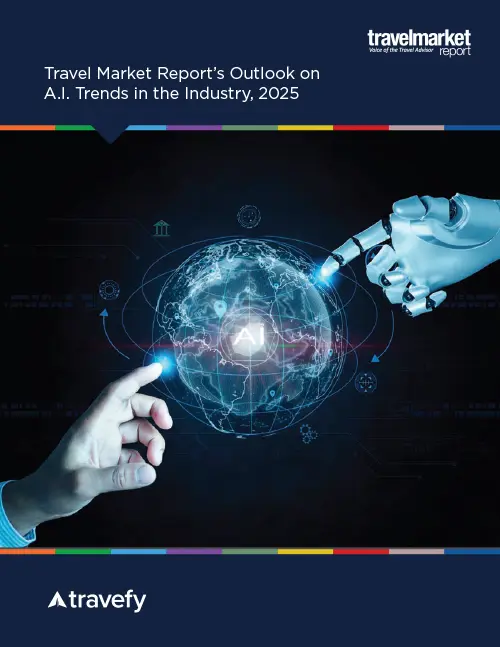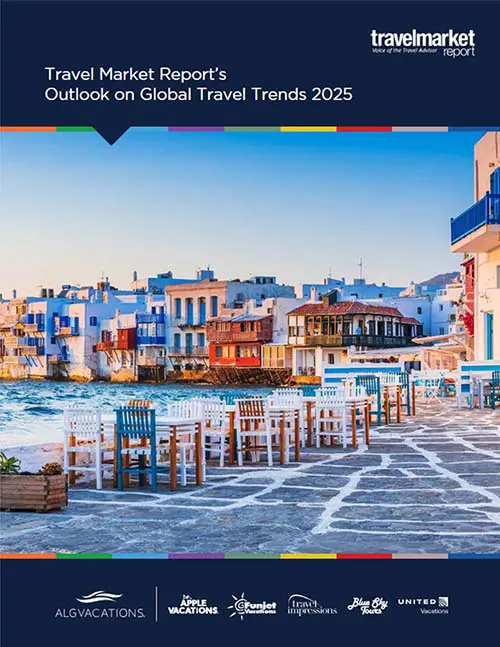Case Study: Amex Biz Travel’s Home-Based Work Model
by Maria Lenhart |
More than 80% of U.S.-based travel agents with American Express Global Business Travel are now working from home, a trend that reached critical mass when nearly all of the company’s remaining travel center locations were closed in 2013.
Travel Market Report spoke with Stuart McReynolds, vice president and general manager of service delivery, to get his take on how American Express GBT made the transition—and what it has meant for agents and clients alike.
How dramatic has the shift been to the home-based model?
McReynolds: We’ve had agents working from home for the past decade or so, but the majority made the move in just the past two or three years. We closed about 15 centers in 2013 and all but about 1% chose to make the transition to working at home.
How extensive is this home-based workforce and how is it organized?
McReynolds: Our home-based agents number about 2,000 and are in 48 states. Typically there is a team leader for every 15 or 18 counselors and they are home-based as well. This is very important because the team leaders have a greater degree of empathy and understanding if they are working virtually themselves.
We learned quickly that the most effective model is when the whole team is virtual. The second most is when everyone is working at a center. The least effective is when you have a mix of people working virtually and at a center, which is what many companies do.
Why do you think an all home-based team works better than the other models?
McReynolds: When you have a mix, sometimes those working virtually think they are missing out on something and they wonder what’s going on.
The feedback that we’re getting is that the counselors feel that they now have better access to their leaders and that the coaching they receive is more effective. The leaders are more deliberate about their preparation and more attentive than if they were in an office. There are fewer distractions.
How do you keep your counselors feeling engaged and in the loop?
McReynolds: New technology, especially chat functionality that connects agents with each other and their leaders, is making this easier all the time.
We use a lot of IM [instant messaging] technology for agents to connect with one another and with clients around the globe. We also use a lot of video and web conferencing technology, which is getting better and less expensive all the time.
We also hold several live events each year which bring agents together and enable them to connect with suppliers.
What has has been the impact on customer service?
McReynolds: One of the biggest advantages is that we can provide a continuity of service to our clients despite weather conditions. If there’s a hurricane or a snowstorm, you don’t have to worry about a power outage at the center or whether or not people can get to work. You can quickly rally the troops and get more people on the phone.
We can also offer extended service to clients—it’s easier to ask people to work outside the usual business hours if they are working from home. And many of our counselors prefer to have flexible hours to give them better work-life balance. So it’s a win-win situation.
How has the home-based model benefited American Express GBT?
McReynolds: We’ve found it to be a far more cost-efficient model. We were able to consolidate our technology and not spread it across different locations. Our investors are very happy with this model.
Another advantage is that we are no longer restricted to hiring agents who are within commuting range of the centers. We can use all of the online hiring tools and really find the best talent. And we can be in more regions around the country.
























